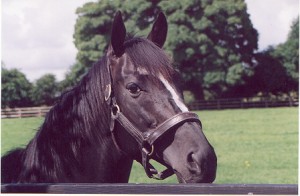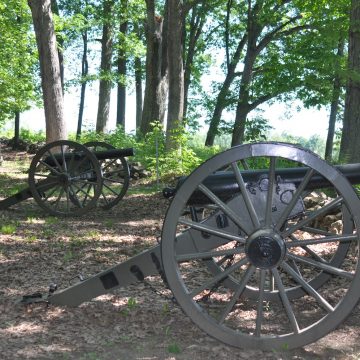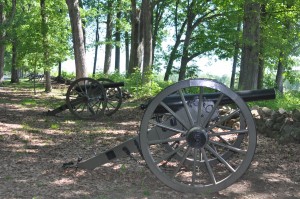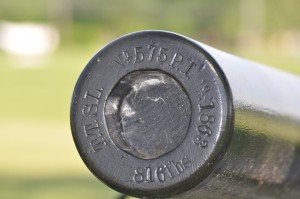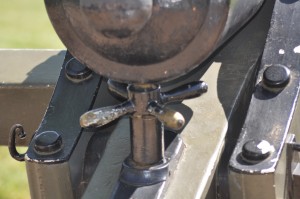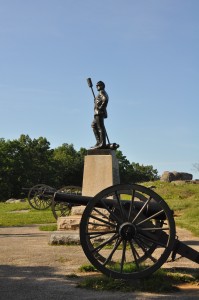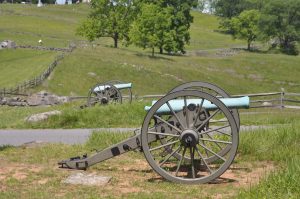KN, p. 109 “Murder and Other Crimes at the Racetrack”
(Note: From the 2014 archives)
It’s Triple Crown season in the horseracing world.
The 140th Kentucky Derby took place on the first weekend in May, the Preakness ran May 17th and the Belmont Stakes (the last of the three races that make up the Triple Crown) will be held this coming weekend. The last horse that won the top prize in horse racing was Affirmed (in 1978) and California Chrome has a shot at the crown this time. There is a stable full of money to be won or lost – the first place purse at the Derby alone was over $1.4 million this year.
With stakes this high, tempers are bound to flare, arguments over how to train a horse to win will be frequent, and cheating at all levels in all areas of the sport has been attempted in the past. Unscrupulous trainers or desperate owners may try to dope a horse to enhance its speed or even disguise injuries with drugs so that the horse can race one last time. This is less likely to happen during the big races because of the increased scrutiny from all sides. But, to deal with any abuse of the animals or the betting system and even conditions for the jockeys themselves, each state has a Racing Commission that oversees and regulates the integrity of the sport and hands out penalties to offenders throughout the season if needed.
See www.khrc.ky.gov for information about the Kentucky Horse Racing Commission.
Great jockeys matched with superior horses can be a goldmine for the owner and the jockey percentage of the purse can be substantial. That winning purse at the Derby that brought the owner over a million? The winning jockey made $142,000. that day. If jockeys finish in one of the top three spots in a big race, they receive 10% of the purse for the day – thousands in most cases. Outside the top three at a smaller track? They might get $100. for the ride. That disparity is the source of intense rivalry for the best rides.
The day after the 138th running of the Kentucky Derby (2012), a trainer’s groom was found dead behind a barn at Churchill Downs. The murder (or possibly reckless homicide) was never solved, so nobody can say for sure whether his death was related to racing or to a nasty argument over something else entirely.
Cathy Scott, a crime writer, covered the original story:
http://www.forbes.com/sites/crime/2012/05/07/murder-at-the-racetrack/
Homicide detectives followed as many leads as they could, but it’s a cold case.
http://www.wdrb.com/story/22112320/kentucky-derby-murder-remains-unsolved-one-year-later
People all over the world bet on the outcome of the Triple Crown. Some base their bets on the jockeys, on the stables where the horse comes from, on the horse itself, even on the conditions of the track. Me? If I watch a race on TV, I choose the horse based on its cool name or on the colors of silks the jockey wears. Not a foolproof system, but I’m not a bettor. I just like to watch the horses run.
Big money and fierce competition both on and off the track – what could possibly go wrong?
*Photos by Patti Phillips – of an unnamed, great looking horse from her files. 🙂
KN, p. 109 “Murder and Other Crimes at the Racetrack” Read More »

